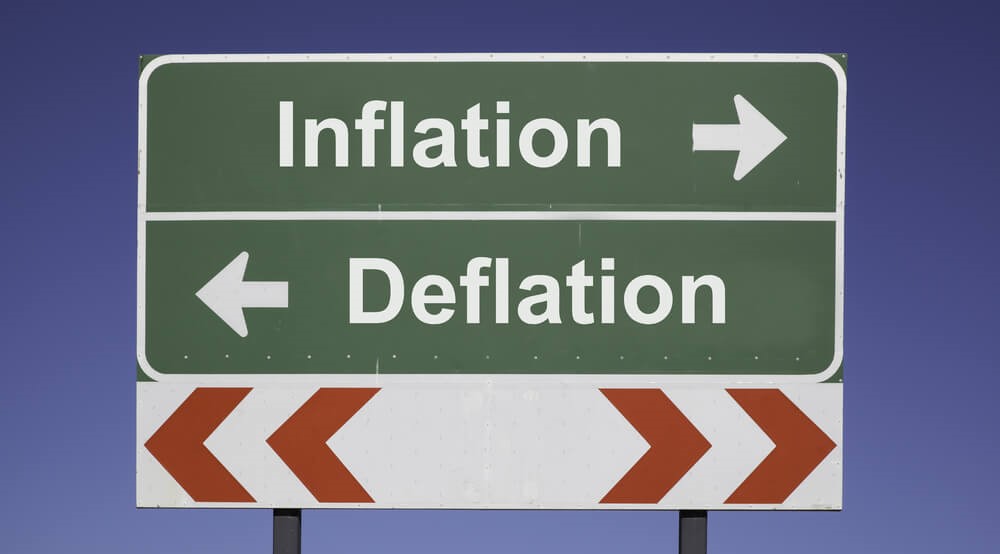When certain people talk, you listen.
Well, Lacy Hunt is one of those people for me. I’ve known him for almost a decade now, and he’s one of the smartest people I’ve ever met.
Lacy is an economist and executive vice president of the institutional bond manager Hoisington Investment Management. He also served as senior economist with the Federal Reserve and has had prominent roles in some of the world’s largest banks.
If you want someone to explain how inflation and deflation actually work, Lacy is your guy.
And about that…
Inflation has been in the news a lot this year. Consumer prices have risen at a 5% annual clip, which is the highest it’s been in decades. Certain factors are squeezing prices and keeping inflation elevated:
- Loose monetary policy and government support programs are goosing demand.
- COVID-19 created a supply bottleneck.
The Fed says the inflation outlook is transitory. “Why,” says Lacy?
You might want to pour yourself a drink for this one.
Lacy Hunt Agrees With the Fed on the Inflation Outlook
Lacy agrees with the Fed’s assessment that inflation will be transitory. But he has a very different take on what happens next.
In the Fed’s playbook, inflation will slip back to the central bank’s preferred rate of about 2%. If it starts to dip below that bogey, they can always tinker with interest rates to get it back there.
But that’s not what Lacy sees. Once the initial post-opening inflation dies down, he sees us slipping into major disinflation or even deflation.
It comes down to debt. We have too much of it, and rather than spur growth, it ends up crowding it out.
Debt Will Damper Any Inflation Efforts
As Lacy wrote in his last quarterly client letter:
The current economic growth and inflation rates of 2021 will be the highest for a very long time to come. The main obstacle to a return to sustained growth in the standard of living, extreme over-indebtedness, was dramatically worsened by the multiple rounds of fiscal stimulus, which has caused the temporary improvement in economic growth and inflation in the second quarter.
The government stimulus created a short-term blip in growth and inflation. But the debt that was used to make it possible will now slow it down. As Lacy continues:
No pathway out of this trap exists as long as the overreliance on debt remains the only tool of monetary and fiscal policy. The situation is no different in Japan and Europe. Thus, while long Treasury yields can increase over the short run, the fundamentals are too weak for yields to stay elevated. More debt does not cure a subpar economy mired in a debt trap. [emphasis mine] Given the above, our view is that the trend in long-term Treasury yields remains downward.
If you think Lacy seems unreasonably bearish about the inflation outlook, consider that Japan has been in this exact situation for almost three decades now. Japan’s solution to deflating its debt-fueled bubble was to just borrow more.
Well, it didn’t work. The last time Japan had sustained inflation, Bill Clinton was still the governor of Arkansas. Let that sink in for a minute.
I still believe investing in currency hedges like gold and real estate makes a lot of sense today. But maybe we shouldn’t give up on bonds just yet. Because if Lacy’s right, today’s yields might actually be the highest we see for a while.
If you are looking for a way to ride the inflation wave, no matter what direction it goes, click here to read about an exchange-traded fund (ETF) my colleague Adam O’Dell found earlier this year.
To safe profits,
Charles Sizemore
Co-Editor, Green Zone Fortunes
Charles Sizemore is the co-editor of Green Zone Fortunes and specializes in income and retirement topics. He is also a frequent guest on CNBC, Bloomberg and Fox Business.
